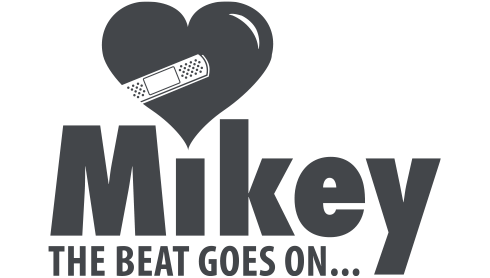
With the first official day of fall approaching there comes a number of changes in our daily activities. The largest and most obvious change being the weather. It’s colder, which means that many of us begin to slow down and do fewer activities outdoors. Although this is the case there are still many things that we can do to help to keep our heart’s active.
Below are some recommendations of heart healthy activities that you can during the fall season.
Plan Seasonal Outings
Fall can be one of the most beautiful times during the year to go out and explore. The leaves are changing colour and it can create a really nice atmosphere to go exploring. Plan a day out with your family for a nice walk through some of your local walking trails or something more seasonal like an afternoon at the corn maze or pumpkin patch.

Make Fall Fun Crafts Outdoors
Fall weather can be a tad chilly but generally still nice, so crafting can be the perfect middle-ground endeavor: an indoor activity with lots of outdoor involvement. Plus, with so much nature to use, it’s economical too.
Visit your favorite park, take a walk in the woods or explore your own backyard to scavenge for colorful leaves, pinecones and other interesting bits of nature.

Exercise Outdoors
Although the temperature begins to dip beginning in late September and early October it doesn’t mean that you need to stop doing all of your regular activities. Many of our followers have shared with us that they like to continue riding a bike during fall, or even fishing to keep up there healthy activities. Find something that will be easy to do every week until you have to move your exercises indoors. Here is a list of some of our favorites.
Make A Family Meal
During the colder months of the year, nothing hits the spot quite like a nice warm meal. A nice stew or soup can really be a relatively easy, heart-healthy meal to have. When cooking try to involve your family, as so much of how they learn heart healthy habits comes from their elders. It’ll also help speed up the process of cooking if you assign them tasks like making mashed potatoes or cutting up the vegetables. Take some inspiration out of some of our heart healthy meals.















